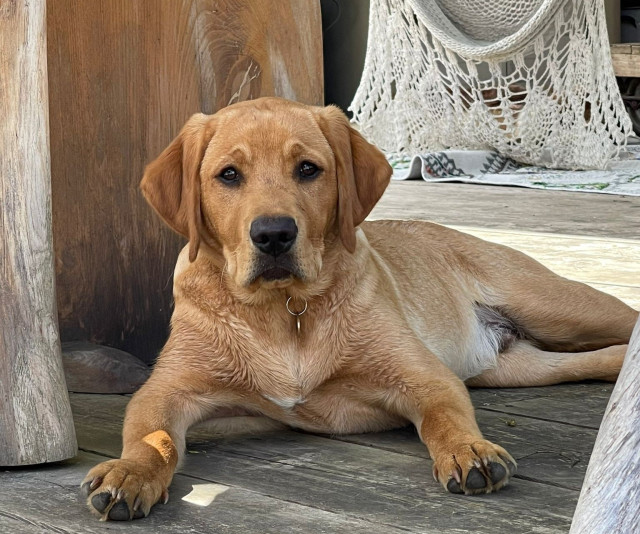
Flea and Tick Treatments
Keeping your dog out of rivers can help save wildlife and keep water clear of toxins.
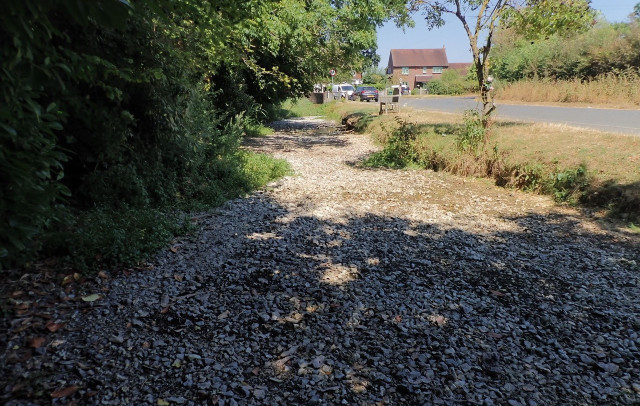
We are all aware of the climate emergency and crashing biodiversity. Our rivers are facing an existential crisis too, blighted by how we live today.


Keeping your dog out of rivers can help save wildlife and keep water clear of toxins.
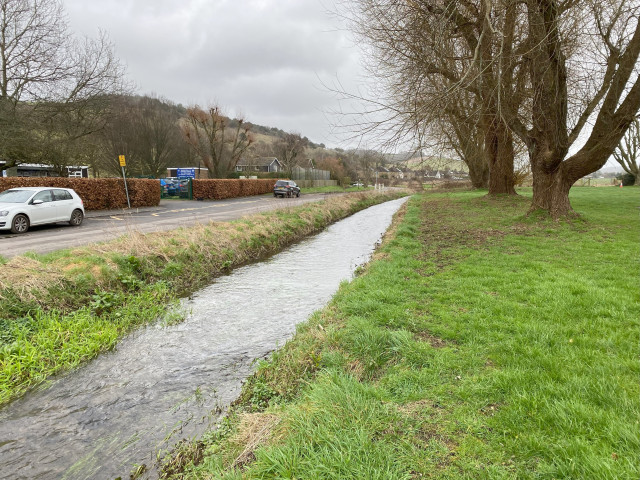
Soil washing into rivers and man made structures are affecting the health of our rivers.
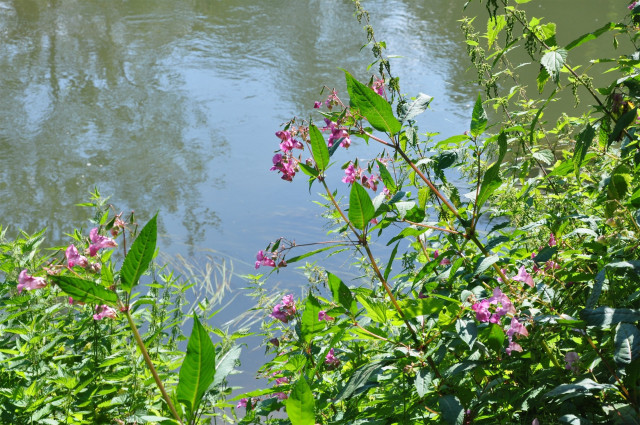
75 Invasive Non-Native Species are rampaging in our riverscapes.
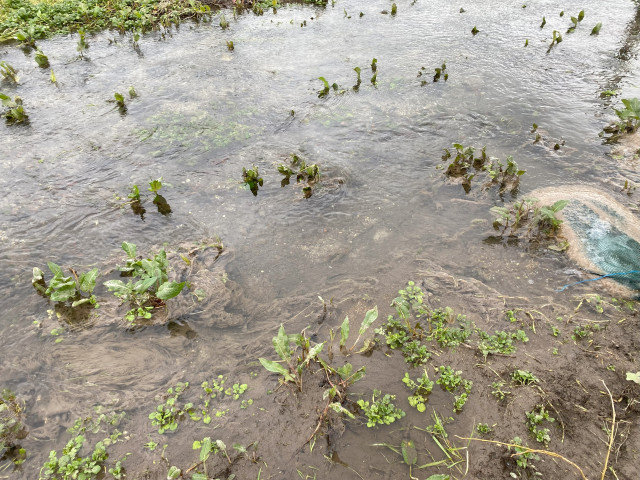
Sewage stinks and it's destroying our beautiful rivers.